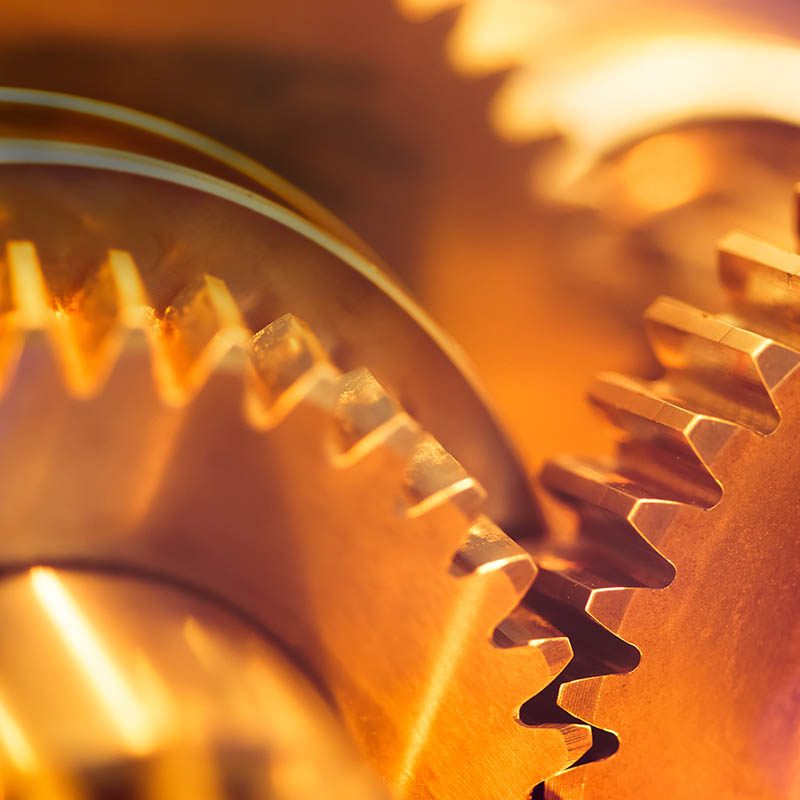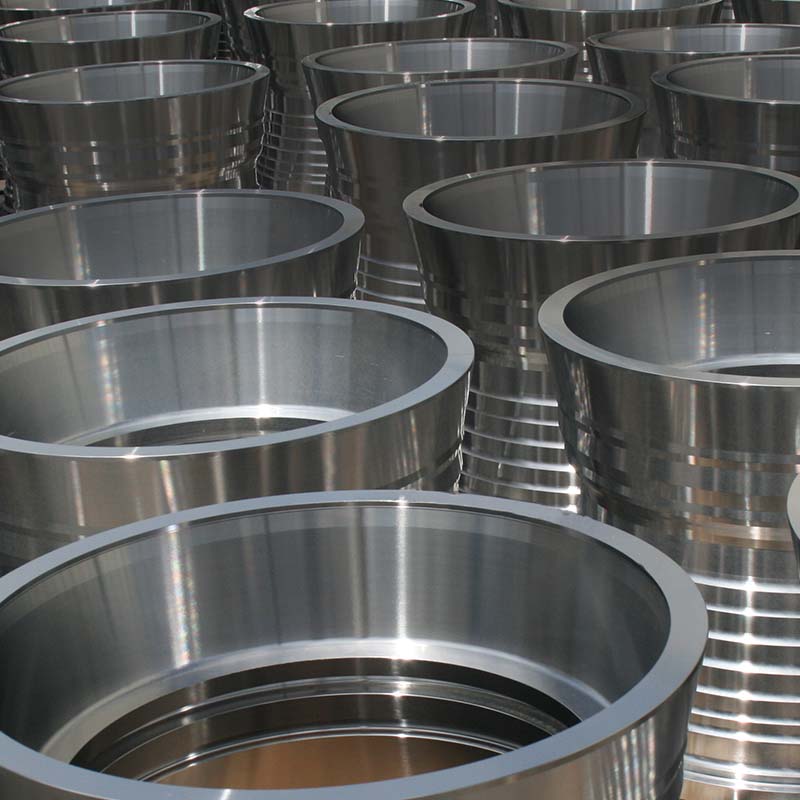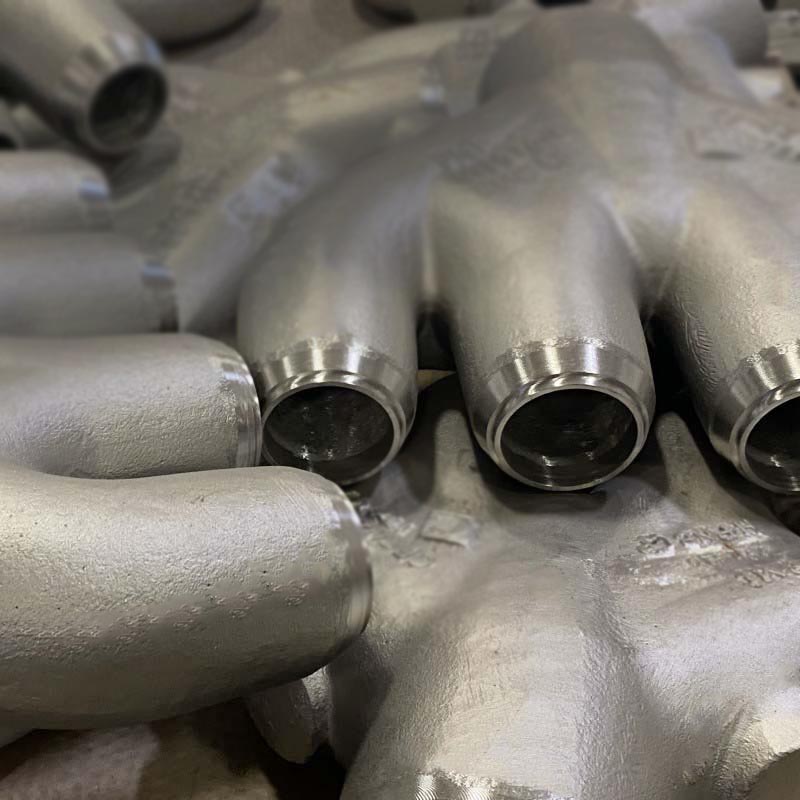Overview
Alloy Grade UNS C12, also known as J82090 steel or simply C12 steel, is a martensitic alloy containing up to 10% chromium. This composition gives the alloy impressive properties, including good corrosion resistance and high tensile strength. One of its standout features is its ability to perform well in high-temperature environments, making it valuable for applications where heat resistance is crucial. The martensitic structure of C12 steel contributes to its strength and durability, while the chromium content enhances its corrosion-resistant qualities, resulting in a versatile and robust material for various industrial uses.
Typical Uses
Pump and valve components.
MetalTek Designation
MTEK 220-01 / 222-01
Poured At:
Carondelet Division, Sandusky International Division, Wisconsin Centrifugal Division, Wisconsin Investcast Division
Similar Specifications
Cast UNS: J82090
Wrought UNS: S50400
Wrought Grade: P9
Cast Grade: C12
Cast ASTM: A217
Typical Chemical Composition (% by wt.)
Aluminum: n/a
Carbon: 0.2
Chromium: 8.0-10.0
Manganese: 0.35-0.65
Iron: n/a
Copper: 0.50 MAX
Nickel: 0.50 MAX
Lead: n/a
Tin: n/a
Silicon: 1
Zinc: n/a
Other: Mo 0.90-1.20; W 0.10 MAX
Minimum Mechanical Properties
Heat Treatment: Normalize And Temper
Frequently Asked Questions
Martensitic steel is a magnetic stainless steel that is heat-treatable and used for applications requiring high hardness.
Martensitic steel is used in chemical and food processing equipment, impellers, turbine engine components, and wear-resistant parts where hardness and strength are critical.
Austenitic steel is non-magnetic, corrosion-resistant, and ductile. Martensitic steel is magnetic, harder, heat-treatable, and more wear-resistant but less corrosion-resistant.
Martensitic steel offers high hardness, wear resistance, and strength after heat treatment, ideal for demanding mechanical applications.
Yes, martensitic steel can be heat treated through quenching and tempering to increase hardness and mechanical performance.
Yes, martensitic stainless steel is magnetic due to its body-centered tetragonal (BCT) structure after quenching.



